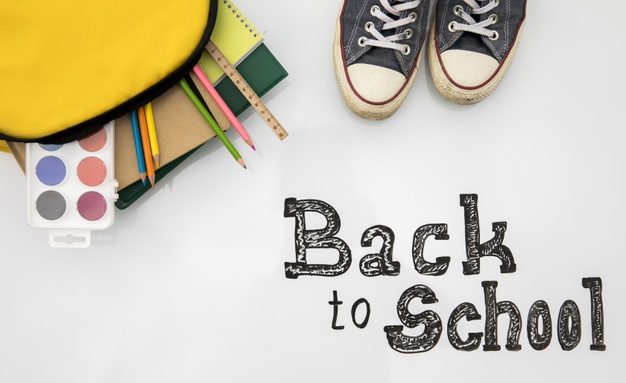Do bilingual children have an advantage at school?

Being fluent in two languages has many benefits. Not only is it an advantage in today’s global economy, but it’s good for your child’s brain. Being bilingual helps build your child’s executive function skills, including organization, attention, and memory.
One apparent thing is that people are captivated by brain research. And yet, it can be hard to point to places where our education system is making use of the latest neuroscience findings. However, there is one hopeful connection where research is meeting practice: bilingual education.

In the last 20 years or so, there’s been a virtual explosion of research on bilingualism. Again, and again, researchers have found, bilingualism is an experience that shapes our brain for a lifetime. At the same time, one of the hottest trends in public schooling is dual-language programs or two-way immersion programs.
Traditional programs for English-language learners, or ELLs, focus on assimilating students into English as quickly as possible. Dual-language classrooms, by contrast, provide instruction across subjects to both English natives and English learners, in both English and the target language. The goal is functional bilingualism and biliteracy for all students by middle school.
Benefits of bilingual education

Attention
It turns out that, in many ways, the real trick to speaking two languages consists of managing not to speak one of those languages at a given moment, which is fundamentally a feat of paying attention.
Saying “adios” to mom and then “goodbye” to the teacher, or managing to ask for “el lápiz rojo” instead of a “red pencil”, requires skills such as “inhibition” and “task switching.” These skills are subsets of an executive function ability. According to research, bilinguals, can pay focus attention without distraction and also improve in the ability to switch from one task to another.
Do these same advantages ensure a child who begins learning a second language in kindergarten instead of as a baby? There is no evidence about it. Patterns of language learning and language use are complex.
Empathy
Young children raised bilingual have to follow social cues to figure out which language to use with which person and in what setting. As a result, bilingual children as young as age 3 have demonstrated a head start on tests of perspective-taking and theory of mind — both of which are fundamental social and emotional skills.
Reading
A common belief among teachers, for example, is that bilingual students have a harder time learning to read than students who only know one language. Yet all research points to the exact opposite–not only that, but bilingual students pick up certain pre-reading skills faster than their monolingual classmates. In fact, bilingualism associates with many other cognitive benefits like stronger multitasking skills, creativity, and working memory.
key advantages of being bilingual is actually literacy acquisition, and the reason ties back to metalinguistics. Metalinguistics is the understanding of a language’s structure on a verbal and, eventually, written level. Without a strong understanding of how to speak and understand a language on this level, students cannot learn how to read.
Bilingual students develop metalinguistic skills at an earlier age than most other children. Linguists believe that because they’re exposed to multiple languages at a young age, they’re better equipped to pick up on word structure. This can help bilingual students develop phonological awareness skills, an essential pre-reading ability, faster than their peers.
Bilingual students are exposed to more words in both languages than children who only speak their native language. For this reason, they’re more likely to learn the equivalent of any word they pick up in the opposite language. Because they’re already familiar with more of their vocabulary words, spelling words and learning the alphabet comes more naturally.
Cognitive Benefits: Protection against cognitive decline and dementia.
A bilingual education can strengthen the executive function of the brain. In fact, research shows that because bilingual students are able to use two languages at the same time, switching consistently, it develops skills for functions such as inhibition, switching attention, and working memory.
Researchers have found that actively using two languages seems to have a protective effect against age-related dementia, perhaps relating to the changes in brain structure we talked about earlier. Specifically, among patients with Alzheimer’s in a Canadian study, a group of bilingual adults performed on par with a group of monolingual adults in terms of cognitive tests and daily functioning. But when researchers looked at the two groups’ brains, they found evidence of brain atrophy that was five to seven years more advanced in the bilingual group. In other words, the adults who spoke two languages were carrying on longer at a higher level despite greater degrees of damage.
Further resources
Have a look at:
For a review of cognitive and linguistic advantages and disadvantages of bilingualism in childhood see Akhtar, N., & Meniivar, J. A. (2012). Cognitive and linguistic correlates of early exposure to more than one language. Advances in Child Development and Behaviour, 42, 41-78.

